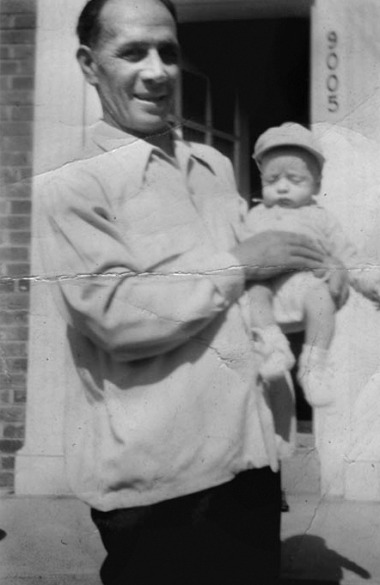
Every now and again, if I pay attention, I’m actively reminded of why I continue to live in Madison County. Sometimes these reminders come on my walk, the smell and taste of the air, or the way the light hits the trees. I’m reminded every time I put another log, cut from our place, in our stove that heats our house, or drink water from our spring that flows from a rock face high on our place. Friday night I had cause to remember, once again, why my decision to make Madison County my home was the right one.
I hadn’t been to The Depot in a number of years. There’s no particular reason why I hadn’t been lately, although, if I had to give a reason, it’s because the sheer diversity and quality of music in and around Marshall these days makes it impossible to hear all of it. It was easy to just not stop in, even though, it’s always packed on Friday nights and everyone seems to be smiling.


When I moved here in 1973, there were relatively few new people in the community and those of us that did move in quickly learned the local people were great sources of information about living here and very generous in their sharing of that information. I think they were pleased that people were interested in learning from them. There were exceptions, of course – the You ain’t from around here people – who held your foreignness against you and seemed to resent your presence in their world. I expect some of those people still exist today. Mostly though, and what I was reminded of Friday night, was the simple and elegant kindness of the people. The ways they would include us in their lives. Bring us gifts from their gardens, or heirloom seeds they had gotten from their parents, or invitations to parties and decorations. There was a joy in being with family and friends - dancing, listening to music, sharing words and cakewalks. And all it took was showing up and you were included.


As things were winding down Friday night – after the drawings and cakewalks, the dances and music, the thank you to the service man in attendance, and the haunting witnessing song by Nancy Roberts – an older man slowly moved towards us in the front row and stopped in front of the woman sitting next to us. He was in overalls and she in a simple country dress and they had danced earlier in the evening. With a shy gentleness he put his hand on her shoulder and thanked her for the dance. “I hope I see you again next week,” he said.








